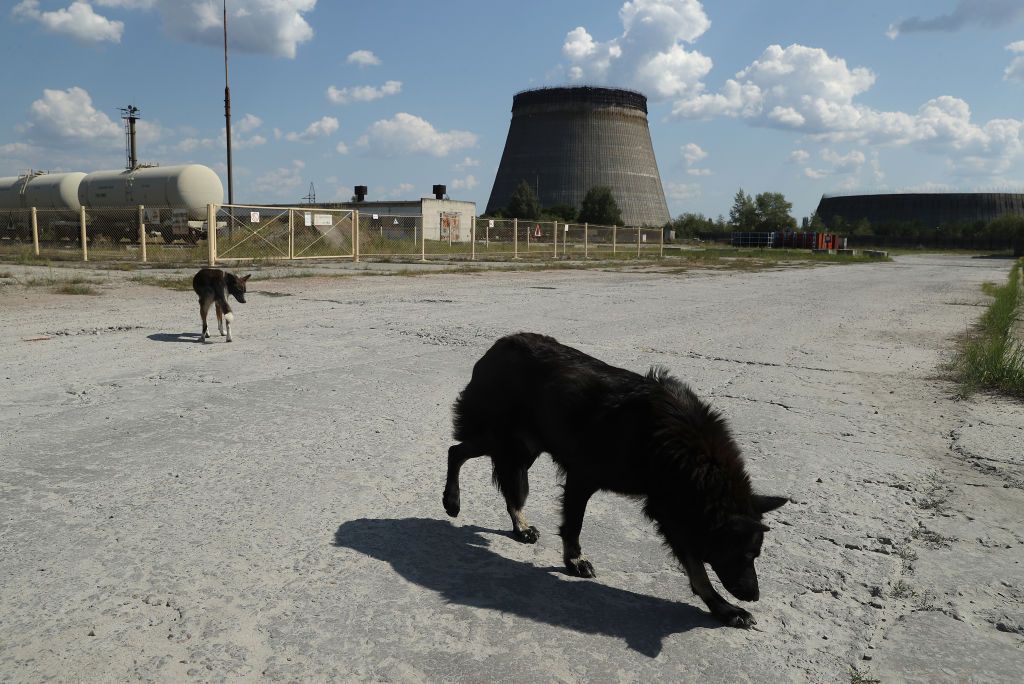The Chernobyl Exclusion Zone is a 30-kilometer radius around the plant that has been abandoned and is off-limits to human habitation. The zone is home to a variety of animals, however, and scientists have been studying how these animals have been affected by the radiation.
One of the most striking effects of the radiation has been the increase in the number of mutations in animals. Mutations are changes in the genetic code that can be caused by radiation, chemicals, or other factors. Some mutations are harmless, while others can cause health problems or even death.
Scientists have found that the rate of mutation is much higher in animals living in the Chernobyl Exclusion Zone than in animals living in uncontaminated areas. This is likely due to the high levels of radiation in the zone.
The mutations that have been observed in animals in the Chernobyl Exclusion Zone include changes in fur color, size, and shape. Some animals have also developed tumors or other health problems.
The long-term effects of these mutations are unknown. It is possible that some of the mutations could be passed down to future generations, or that they could cause health problems in the animals that carry them.
Scientists are continuing to study the animals in the Chernobyl Exclusion Zone to learn more about how radiation affects their health and evolution. This research could help us to understand the effects of radiation on humans, and to develop strategies for protecting ourselves from its harmful effects.
In addition to mutations, the radiation from Chernobyl has also caused other changes in the animals that live in the Exclusion Zone. For example, some animals have developed resistance to diseases that would normally be fatal to them. This is likely because the radiation has caused changes in their immune systems.
The radiation has also affected the behavior of some animals. For example, some animals have become more aggressive, while others have become more timid. This is likely because the radiation has caused changes in their brains and nervous systems.
The long-term effects of the radiation on the animals of Chernobyl are still unknown. However, it is clear that the radiation has had a significant impact on their health, evolution, and behavior.
The study of the animals of Chernobyl is an important part of our understanding of the effects of radiation on living things. This research could help us to develop strategies for protecting ourselves and other animals from the harmful effects of radiation.




0 Comments